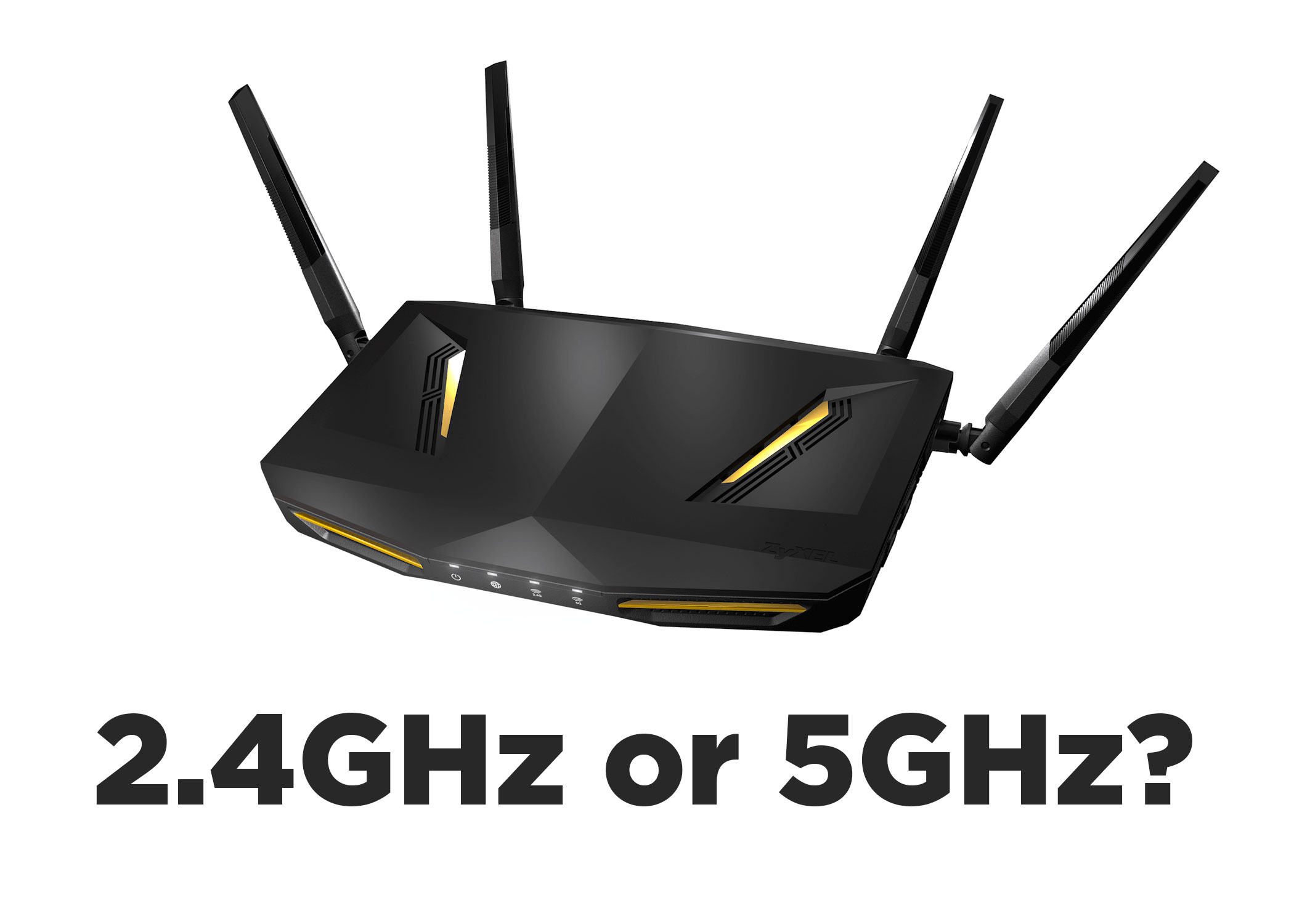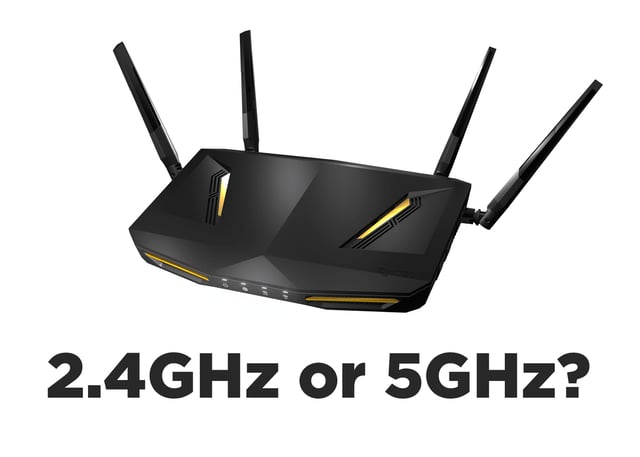Are Wi-Fi Jammers Legal?
Seems every public place you can visit has free Wi-Fi as one of it's perks for visiting. Shopping...


Most routers, and/or modem/router units sold today are "dual-band," meaning they have both 2.4GHz and 5GHz radio bands to choose from. If you're like many who aren't sure what that means, we're here to help.
Here's what you need to know:
The higher the frequency, the shorter the range. Meaning, a 2.4GHz frequency has greater range and can penetrate walls better than a 5GHz frequency can. However, a 5GHz network supports higher data rates, but again, has a shorter range. Many of the modern appliances in your home that work wirelessly use 2.4GHz connectivity– garage door openers, baby monitors, some bluetooth devices, and so on. This means that it can sometimes be a crowded space for your 2.4 GHz Wi-Fi connection, and cause interference from time to time.
What's the better option for you? We suggest taking advantage of both 2.4GHz and 5GHz, depending on how and what you're using your Wi-FI for. Case in point, if you use a mobile device from all around the house, the 2.4GHz network is probably the better option. But for stationary devices, that ideally are closer in proximity to your router, the 5GHz network is better–especially for video streaming, gaming or for the matter, if you work from home and want the fastest Wi-Fi speeds available (again, you need to be relatively close to your router since the 5GHz network has a much shorter range than does 2.4GHz. (A 5GHz band has about 1/3 the range of a 2.4GHz band, give or take.)
Curious to learn more about 2.4GHz? Wired.com published a great piece several years ago, and it still holds up! Check it out HERE and learn more about why 2.4GHz became the standard for most devices.
Wait we're not done...what is a "mesh router", you ask?
Simply put, a mesh router has multiple access points (instead of just one) and create a "mesh" to broaden fast Wi-Fi connectivity across more square footage in your home. To learn more our mesh Multy X Tri-Band Wi-Fi system, click HERE and watch the video below.
Seems every public place you can visit has free Wi-Fi as one of it's perks for visiting. Shopping...
Depending on your Wi-Fi configuration at home, as well as the size of your home and the number of...